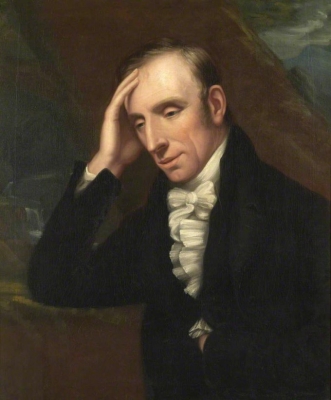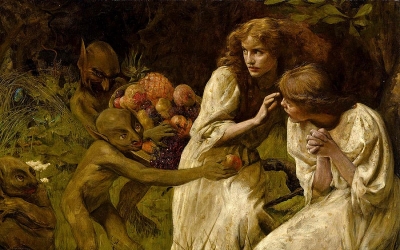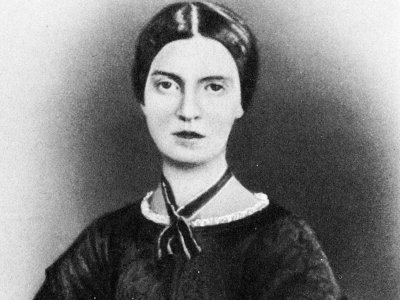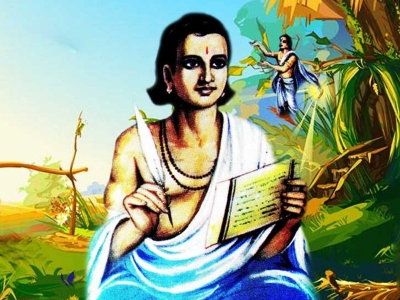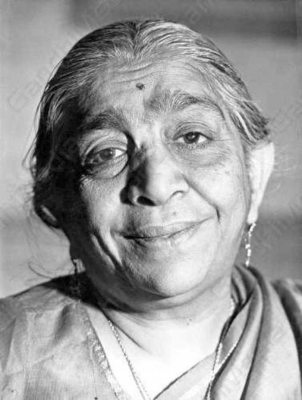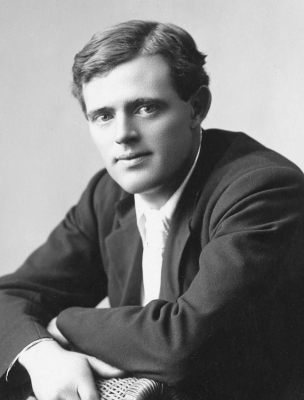
“Life is not always a matter of holding good cards, but sometimes, playing a poor hand well- And staying true to his words, John Griffith Chaney, aka Jack London, did exactly that. Overcoming extreme poverty and hardship, London went on to pen timeless classics that made him one of the first highest paid American authors.
From his first book The Son of the Wolf Tales of the Far North to his bestsellers “The Call of the Wild and “White Fang”. London wrote about characters – human and canine struggling to survive in a cold, hard world, something he had closely experienced.
Like the characters in his books. London had a tough life. With his family under constant financial strain, he started working in the docks at a young age. In the proximity of the sea and listening to the sailors talk about their sea-faring adventures. London yearned for some adventures of his own.
Dropping out of school at the age of 14, he bought a small boat and went to San Francisco Bay. On the way, he tried his hand at oyster fishing and even worked for the government fish patrol to capture poachers who fished illegally.
At the end of the voyage, however, real life awaited him. The Great Depression had left thousands unemployed. And London joined them in their desperate search for jobs. Ferrying illegally on freight trains, he travelled the length and breadth of the country, but did not find employment. Instead, he discovered his calling as a writer.
The write start
Unable to find a job even after graduation, London took up writing as a full-time profession. He drew up a daily timetable to write sonnets, ballads and adventure stories, and increased his pace steadily. His first book, “The Son of the Wolf Tales of the Far North” was published in 1900. The stories of his Alaskan adventures won praise for their fresh subject matter and force.
In 1897, he embarked upon another adventure: this time to the gold mines of Yukon in Canada to experience the life of the workers in the Klondike Gold Rush. His experiences became the basis of his book “The Call of the Wild”. It made him a bestselling author.
From the trenches
A few years later, in 1904, London began to work as a war correspondent. This marked the beginning of yet another chapter in his exploits. As a war correspondent during the Russo-Japanese war, London defied the Japanese and risked his life to get to the front lines in Korea. Instead of reporting from Japan, London hired a boat and risked his life to crossed the Yellow Sea in the middle of a storm to reach the Korean coast. However, his adventure came to an end as soon as he reached the front lines. He was arrested by the Korean police and later released.
Writing from experience
London’s writing was based on things he had experienced. To write on a particular subject, he would completely immerse himself into it. For instance, once to expose the adverse conditions of Europe’s working class population, he posed as an American sailor stranded there. For nearly seven weeks, he wandered the streets to get a firsthand experience of how people felt. He slept in doss houses (cheap lodging for homeless people) and even lived in London’s slums. He wrote about his experiences in one of his most important works “The People of the Abyss.” His adventures set him apart from other writers. And on November 22, 1916, he died in his home on a ranch in California. His legac lives on.
Oh, really?
- In addition to his writings. Jack London was a prolific photographer. His photographs of east London’s slums highlighted the abject poverty in which many of the Londoners were forced to live even as Great Britain was expanding its empire overseas.
- As a war correspondent in Asia, London attempted to sail around the world on his own boat, but the journey ended abruptly in Australia.
Popular works
Published in 1903, ” The Call of the Wild” is about a pet dog named Buck, who is abducted from his home and forced to work as a sled dog in Alaska. Buck has to fight to survive and dominate other dogs, and eventually embrace his wild ancestry. “The White Fang (1906) is a companion novel to “The Call of the Wild”. Both the novels explore the world of humans from the point of view of animals. The books also explore complex themes, including morality and redemption.
Picture Credit : Google


